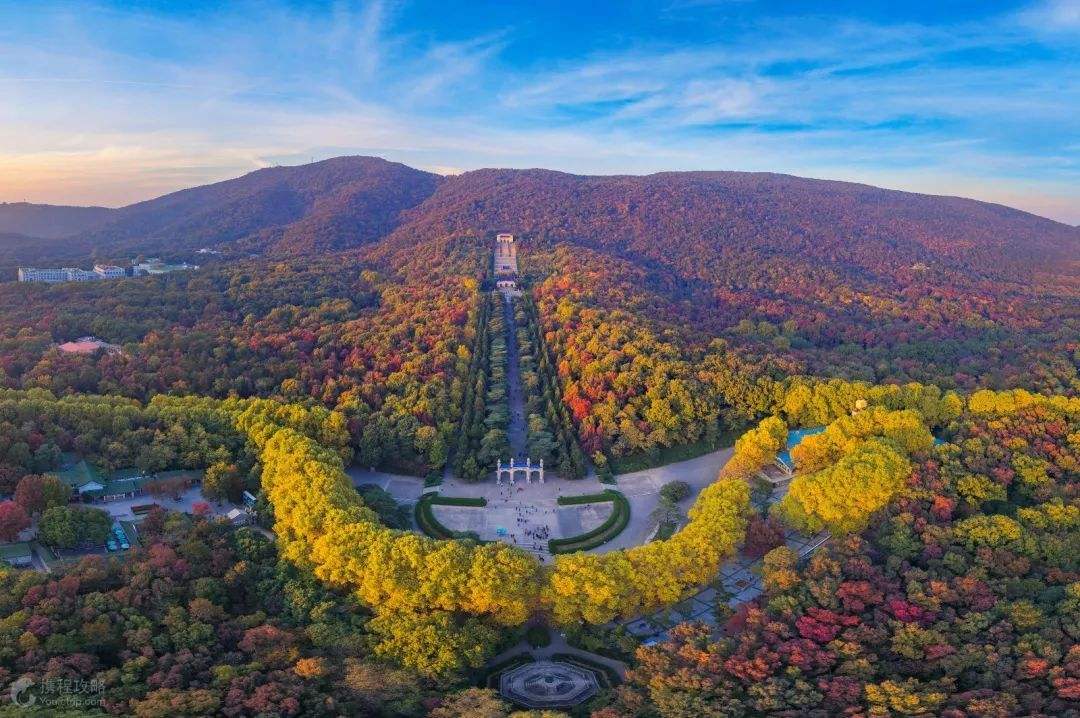Cradled by the mountains of northwestern China and split by the majestic Yellow River, Lanzhou remains one of China’s most underrated travel gems. Once a vital stop on the ancient Silk Road, the capital of Gansu Province today offers a fascinating blend of natural beauty, cultural depth, and mouthwatering local cuisine. From breathtaking views atop the Yellow River Tower to the historic Zhongshan Bridge, from the artistic beauty of the Gansu Provincial Museum to the vibrant buzz of Nanguan Night Market, Lanzhou is a destination that perfectly captures the spirit of China travel — authentic, soulful, and quietly unforgettable.
Zhongshan Bridge | The First Bridge on the Yellow River
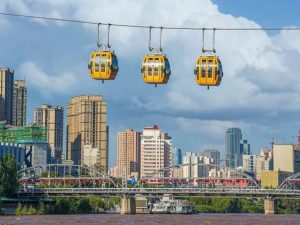 No trip to Lanzhou is complete without a stroll across Zhongshan Bridge, fondly known as “The First Bridge on the Yellow River.” Built in 1906 with materials imported from Germany, this iron bridge has witnessed over a century of history. Renamed in 1928 in honor of Dr. Sun Yat-sen, it remains a beloved city landmark.
No trip to Lanzhou is complete without a stroll across Zhongshan Bridge, fondly known as “The First Bridge on the Yellow River.” Built in 1906 with materials imported from Germany, this iron bridge has witnessed over a century of history. Renamed in 1928 in honor of Dr. Sun Yat-sen, it remains a beloved city landmark.
Today, Zhongshan Bridge is a pedestrian-only walkway where visitors can enjoy stunning river views and feel the pulse of the city’s heritage. It’s easily accessible from downtown — plan for about an hour to explore and take photos against the dramatic backdrop of the Yellow River.
Yellow River Tower | A Panoramic Ode to the Northwest
Soaring 93 meters high, the Yellow River Tower (Huanghe Lou) is both a modern observation deck and a cultural showcase of Lanzhou. Each of its 16 floors tells a story — from immersive light exhibitions depicting ancient Silk Road life to tranquil tea rooms overlooking the river.
Discover Lanzhou from top to bottom with this curated route through the city’s landmark tower—each floor revealing a new way to experience the Yellow River’s beauty and history.
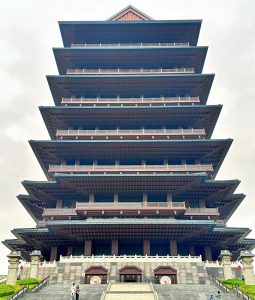 *16th Floor: Clouds Over Lanzhou — Observation Deck
*16th Floor: Clouds Over Lanzhou — Observation Deck
Take in breathtaking city views as the Yellow River cuts through Lanzhou. Visit at sunset to see the skyline glow and the tower transform into a “palace in the sky.”
*15th Floor: Light & Shadow Museum
An immersive showcase of Yellow River culture and the Silk Road. 3D projections and restored murals bring ancient Lanzhou and its river scenes vividly to life.
*14th Floor: Yellow River Book Lounge
A peaceful tea and reading space with river views. Enjoy a quiet moment while sipping tea and watching the Yellow River flow below.
*13th Floor: Yellow River Stone Gallery
See rare stones shaped by centuries of river erosion—each one telling the story of time, nature, and Lanzhou’s cultural spirit.
*11th Floor: Lanzhou Urban Memory Exhibition
Explore photos, archives, and relics that trace the city’s evolution from old *Jincheng* to modern Lanzhou.
*8th Floor: Ancient Fossil Gallery
View over 40,000 fossils and interactive exhibits that recreate the prehistoric ecosystem of the Yellow River Basin.
Ink-Colored Danxia | Nature’s Painted Canvas
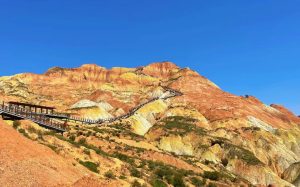 Only about 13 km from downtown Lanzhou, the Shuiping Ink Danxia Scenic Area in Yongdeng County reveals a stunning display of red cliffs, narrow gorges, and solitary peaks. This geological wonder, shaped by millennia of erosion, glows most beautifully at sunrise and sunset when the rocks shift from crimson to gold.
Only about 13 km from downtown Lanzhou, the Shuiping Ink Danxia Scenic Area in Yongdeng County reveals a stunning display of red cliffs, narrow gorges, and solitary peaks. This geological wonder, shaped by millennia of erosion, glows most beautifully at sunrise and sunset when the rocks shift from crimson to gold.
Recommended Visit Duration: lan about 4–5 hours to explore the key attractions and photo spots.
1. Scenic Viewpoints and Unique Landforms
* The park features several viewing platforms such as **“Silk Road Ancient Trail,” “Silk Road Glow,” “Nine-Color Palette,”and “Emerald Peaks under the Sky.”
* The landscape is incredibly diverse, showcasing Danxia cliffs, isolated peaks, narrow gorges, sky slits, and wind-carved rocks.
* Sunrise and sunset are the best times to visit — when the red rocks meet the changing light, creating breathtaking, photogenic views.
2. Special Experiences
* Smart shared sightseeing vehicles are available, allowing visitors to self-drive through certain parts of the park.
* Adventure activities such as zip-lining and sky boating may be available, depending on current park conditions.
* In winter, the park transforms into a magical scene — red rocks dusted with snow, offering a unique and striking visual contrast.
Gansu Provincial Museum | Treasures of the Silk Road
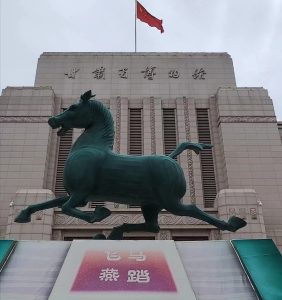 A must for history lovers, the Gansu Provincial Museum houses over 350,000 artifacts that chronicle China’s Silk Road legacy. Its star exhibit, the Flying Horse of Gansu, is a bronze masterpiece from the Eastern Han Dynasty that has become an enduring symbol of Chinese travel and vitality.
A must for history lovers, the Gansu Provincial Museum houses over 350,000 artifacts that chronicle China’s Silk Road legacy. Its star exhibit, the Flying Horse of Gansu, is a bronze masterpiece from the Eastern Han Dynasty that has become an enduring symbol of Chinese travel and vitality.
Other highlights include Tang-era Tri-colored Phoenix Ewers, delicate Yuan Dynasty glass lotus cups, and ancient fossil collections revealing the prehistoric landscapes of northwestern China. This museum is a cornerstone of Gansu culture tours and offers deep insight into how civilizations once thrived along this desert trade route.
Yellow River Mother Sculpture | The Spirit of a Nation
 Set along the southern bank of the Yellow River, this iconic sculpture depicts a serene mother cradling her infant — symbolizing the nurturing power of the river itself. Created in 1986 by sculptor He E, the Yellow River Mother stands as a poetic tribute to the cradle of Chinese civilization.
Set along the southern bank of the Yellow River, this iconic sculpture depicts a serene mother cradling her infant — symbolizing the nurturing power of the river itself. Created in 1986 by sculptor He E, the Yellow River Mother stands as a poetic tribute to the cradle of Chinese civilization.
After admiring the artwork, stroll down to the riverbank for a leisurely walk or take a traditional sheepskin raft ride. A cup of local Sanpao Tai tea by the river is the perfect way to end your visit.
Baita Mountain Park & Santai Pavilion | Views Above the City
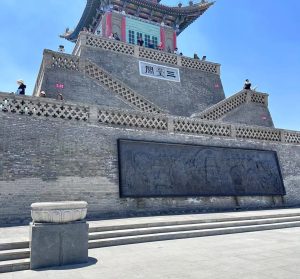 Located north of the Yellow River, Baita Mountain Park offers a sweeping panorama of Lanzhou’s skyline. With its ancient pagodas, temples, and scenic hiking trails, it’s a peaceful escape from the urban rush.
Located north of the Yellow River, Baita Mountain Park offers a sweeping panorama of Lanzhou’s skyline. With its ancient pagodas, temples, and scenic hiking trails, it’s a peaceful escape from the urban rush.
A short distance away, Santai Pavilion (originally the Kuixing Pavilion) crowns Gaolan Mountain at 2,129 meters above sea level. Dating back to the Ming Dynasty, it provides the best aerial view of the entire city — especially at dusk when the “Golden City” glows beneath the fading sky.
Nanguan Night Market | The Heartbeat of Lanzhou
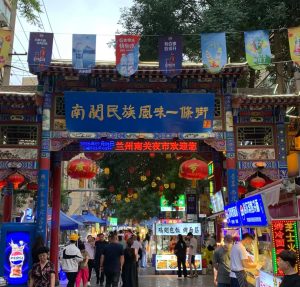 No Lanzhou tour is complete without tasting the local flavors at Nanguan Night Market — a favorite among locals and travelers alike. Unlike the busier Zhengning Road or Dazhong Lane markets, Nanguan offers a more authentic, laid-back vibe.
No Lanzhou tour is complete without tasting the local flavors at Nanguan Night Market — a favorite among locals and travelers alike. Unlike the busier Zhengning Road or Dazhong Lane markets, Nanguan offers a more authentic, laid-back vibe.
Try the city’s signature Lanzhou Beef Noodles, but don’t miss the sweet Milk and Egg Rice Wine Soup, featured on A Bite of China. Stop by Nanguan Dahuzi Ma Ye for the best version, and pair it with traditional yogurt or roasted lamb skewers.
The aroma of cumin, the chatter in local dialects, and the warmth of street vendors create an atmosphere that defines the soul of Lanzhou night market food — genuine, flavorful, and irresistibly human.
Lanzhou may not be as famous as Beijing or Xi’an, but its charm lies in its contrasts — ancient bridges and modern towers, mountain views and river breezes, deep history and everyday simplicity. For those seeking authentic China travel experiences, this city at the heart of the Yellow River is where stories of the Silk Road still whisper through the wind.
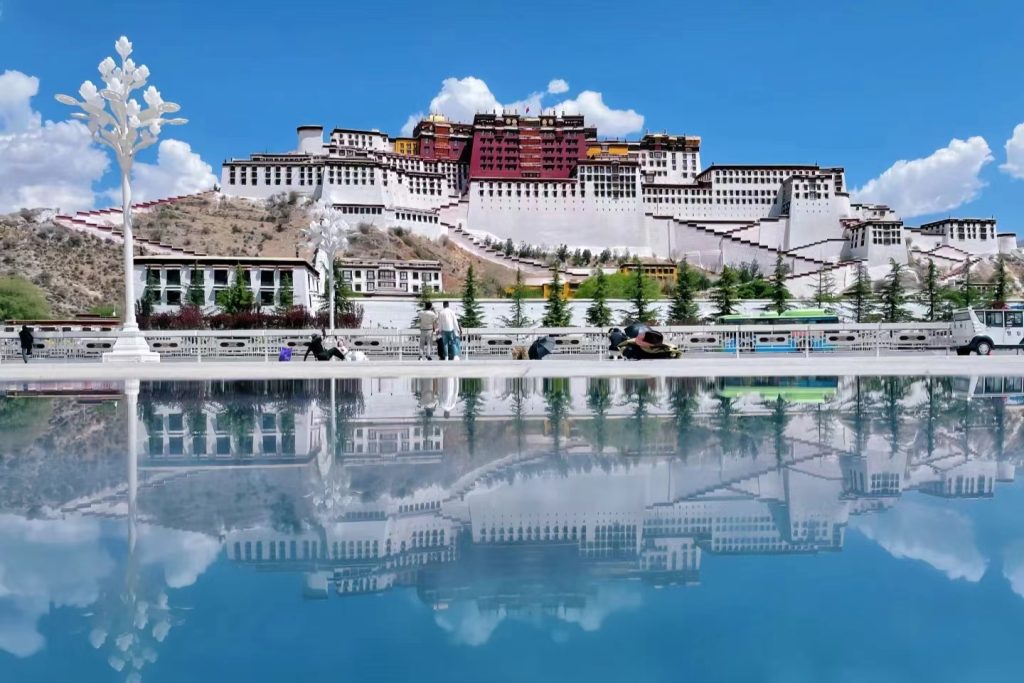
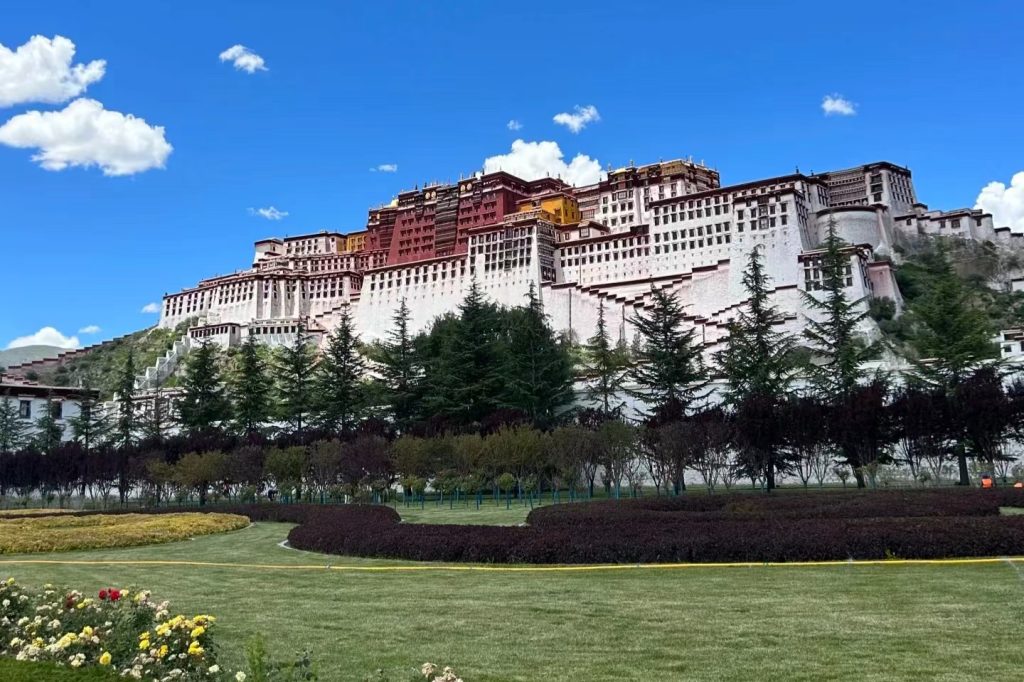
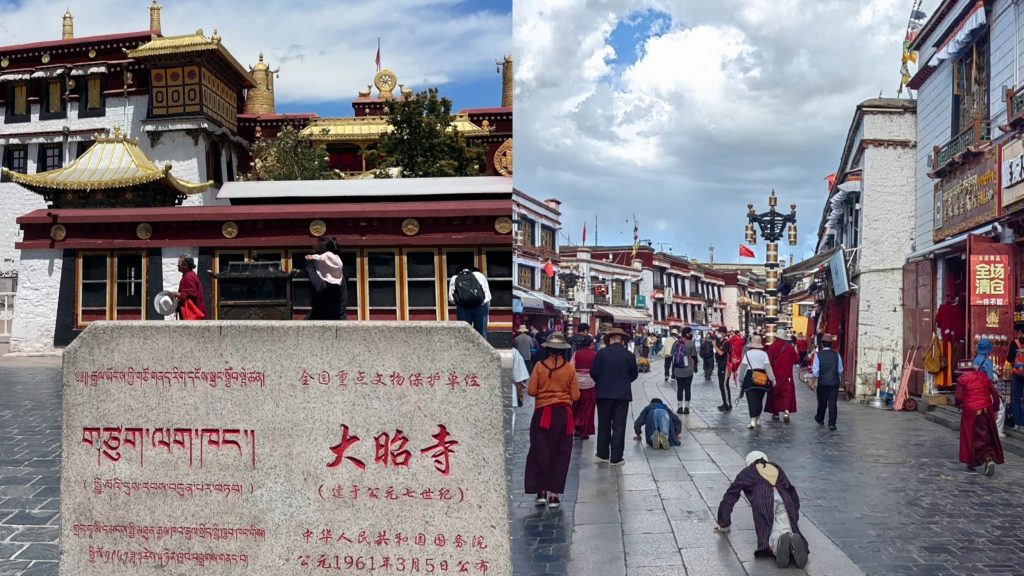
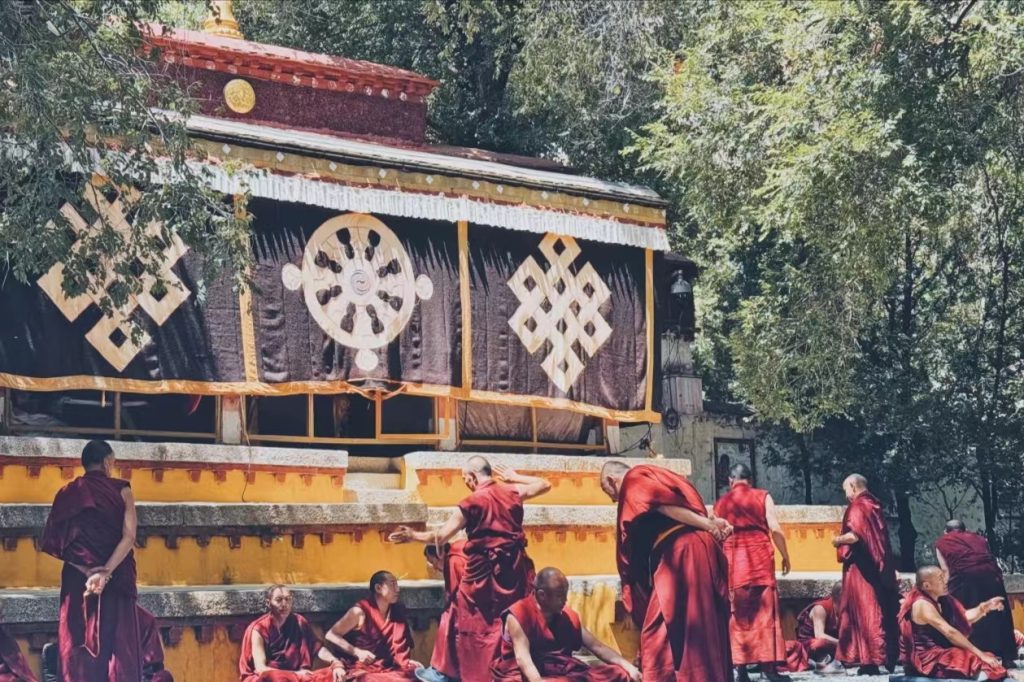
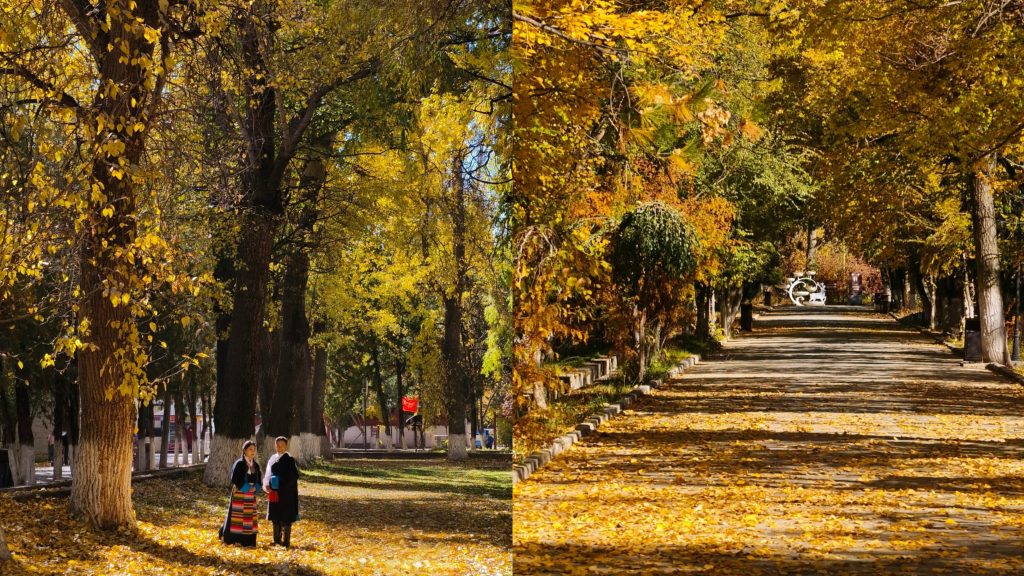
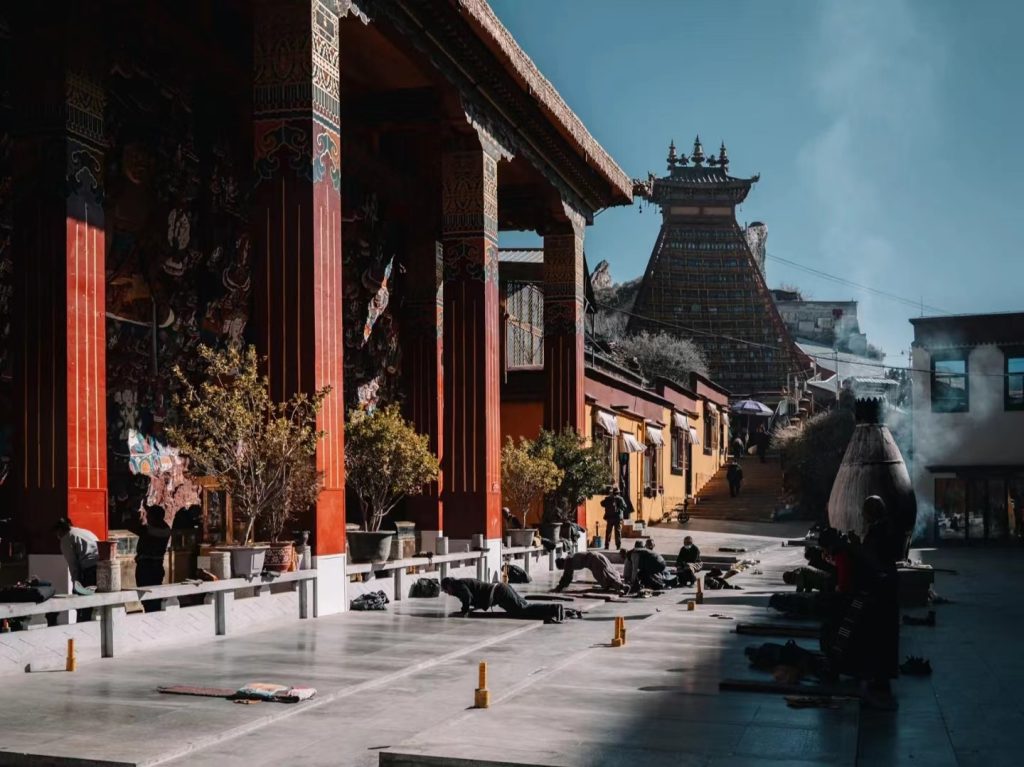
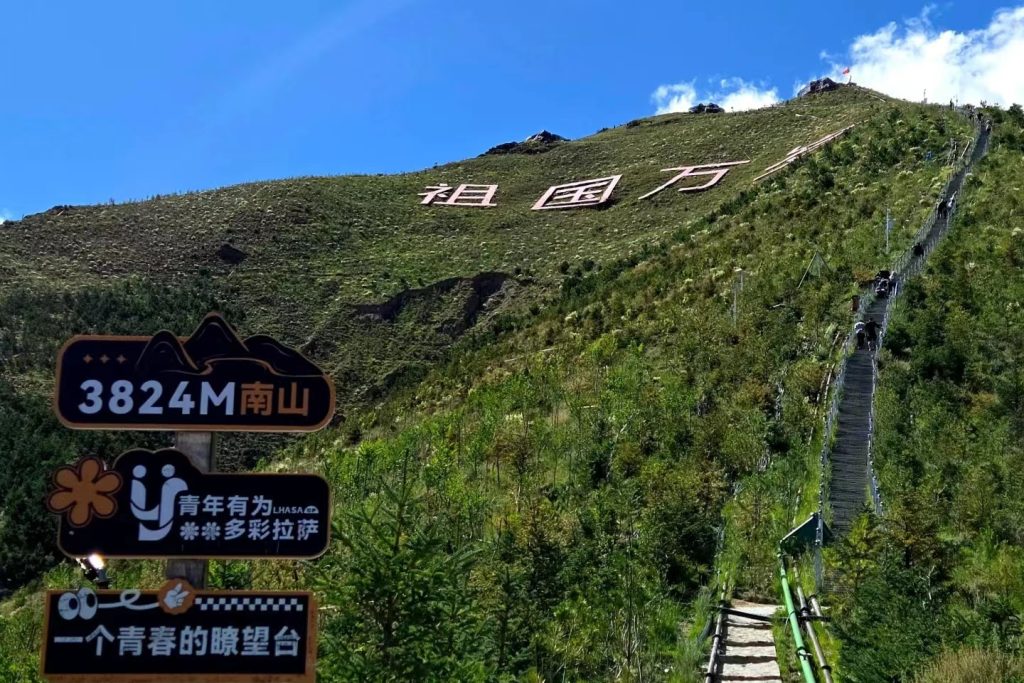
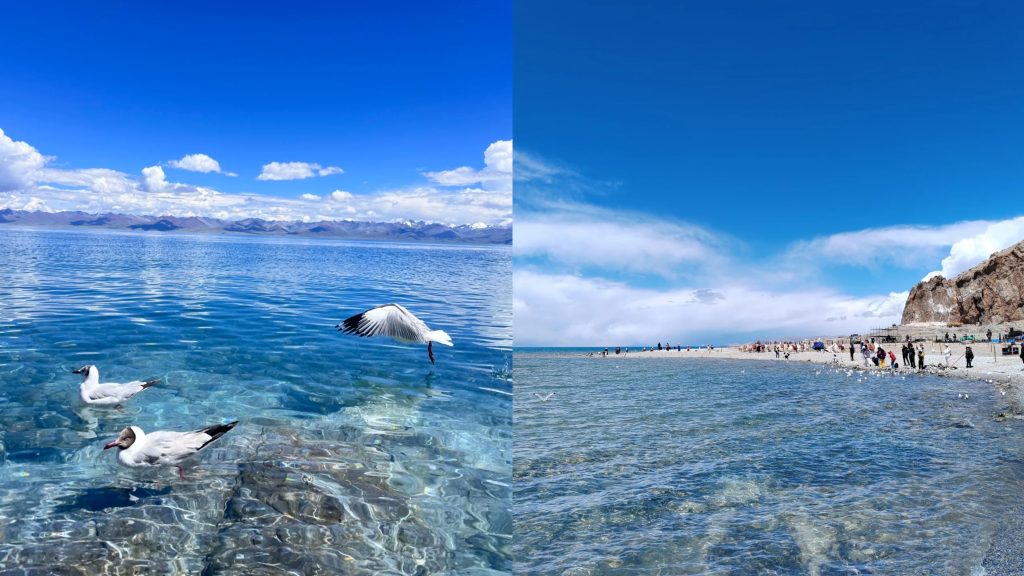
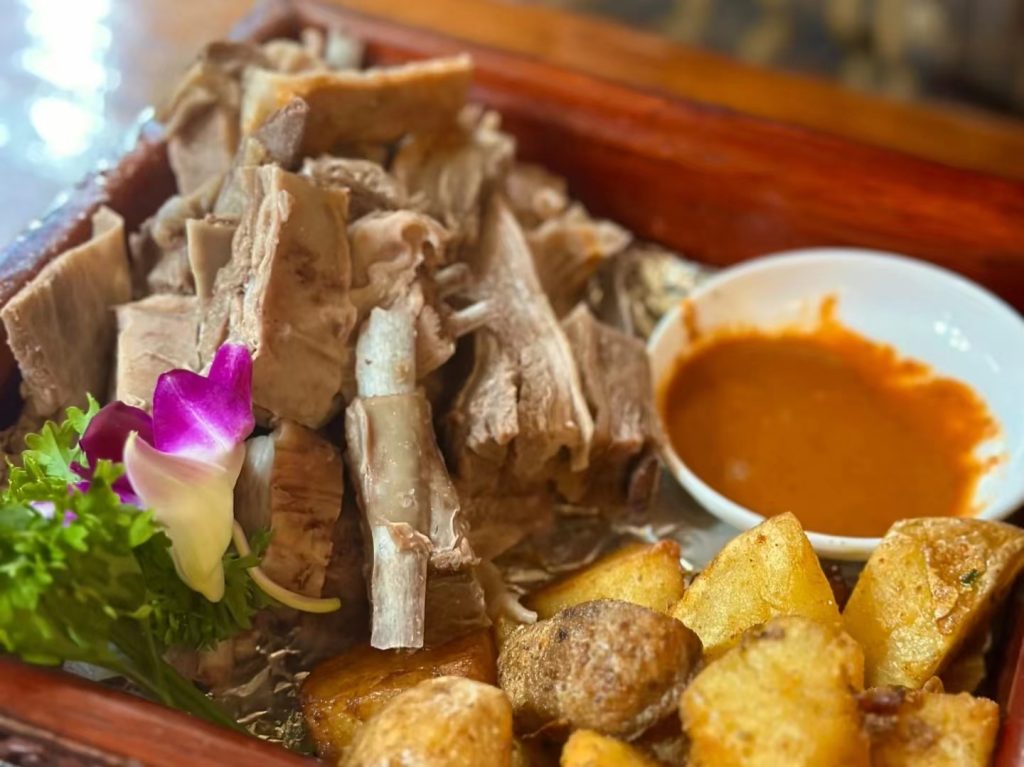
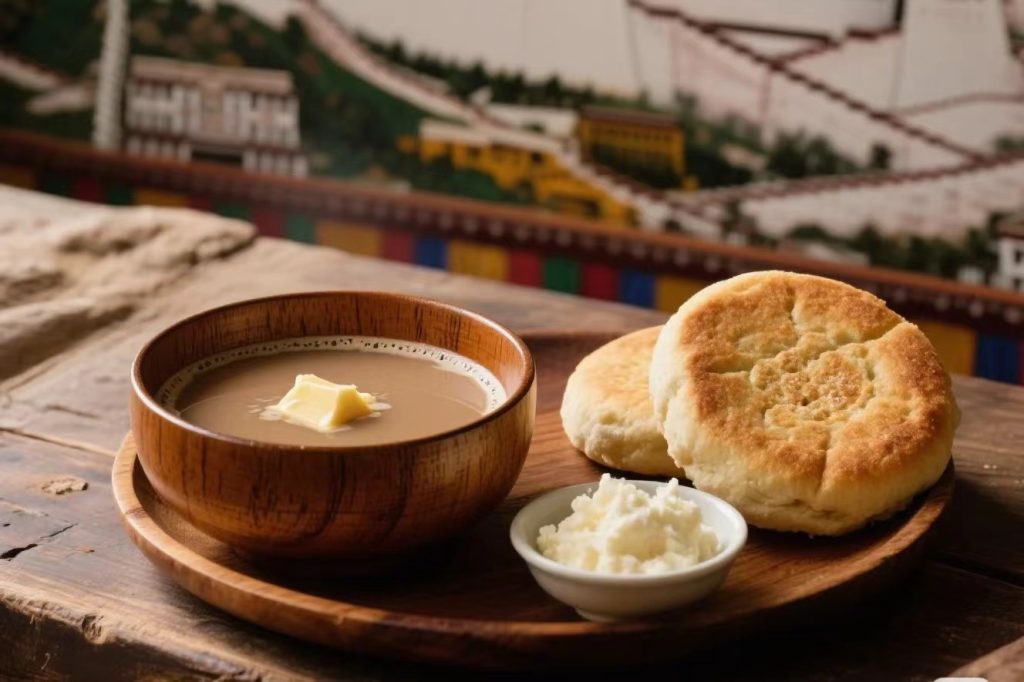
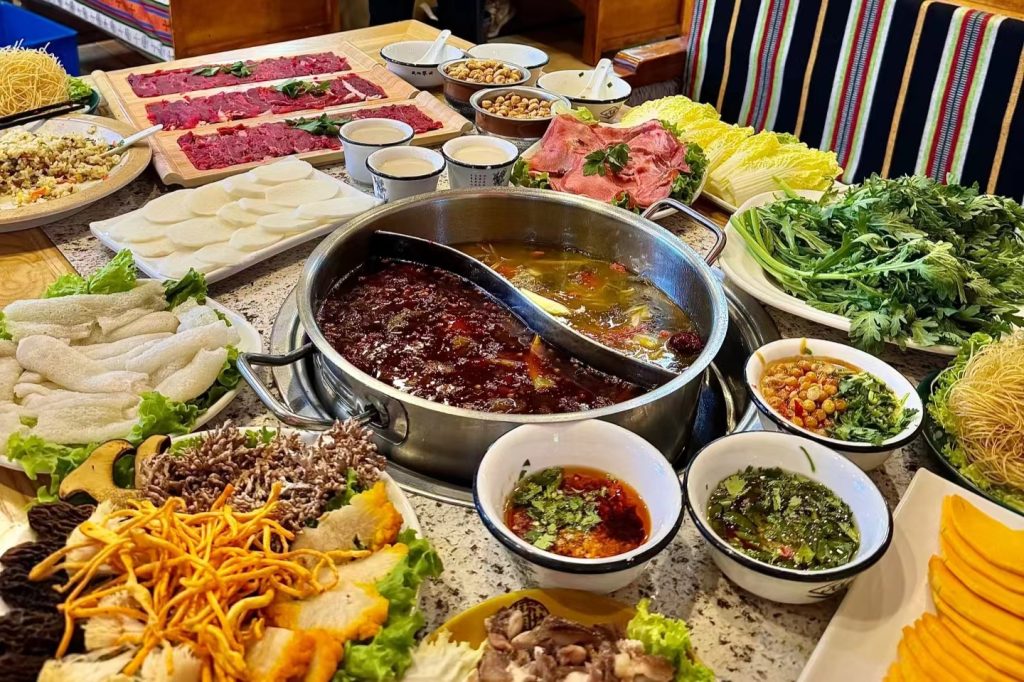
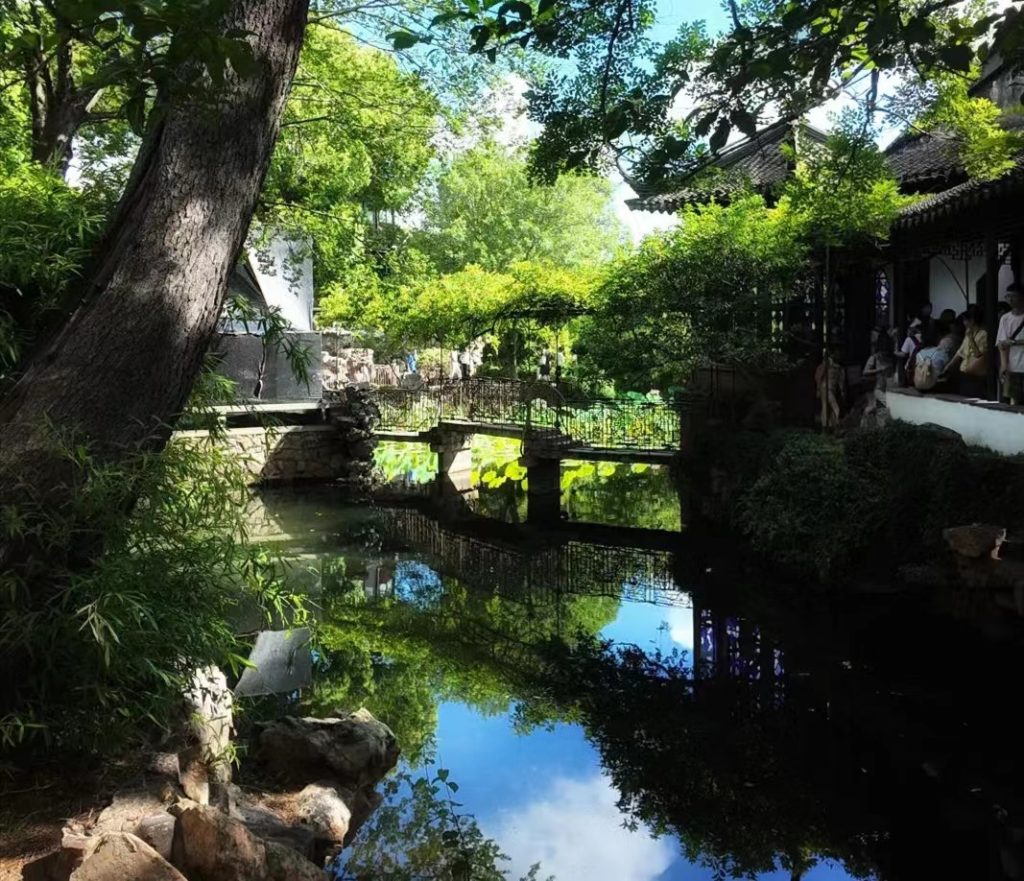
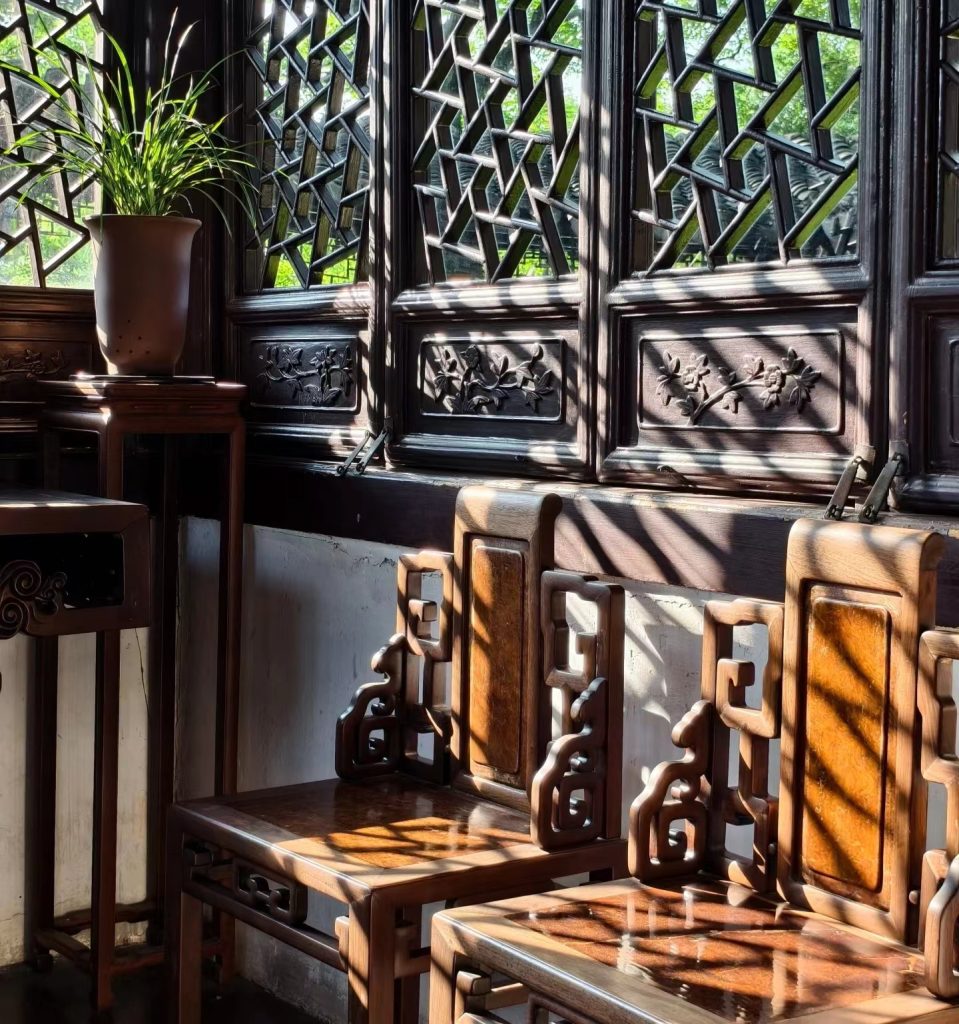
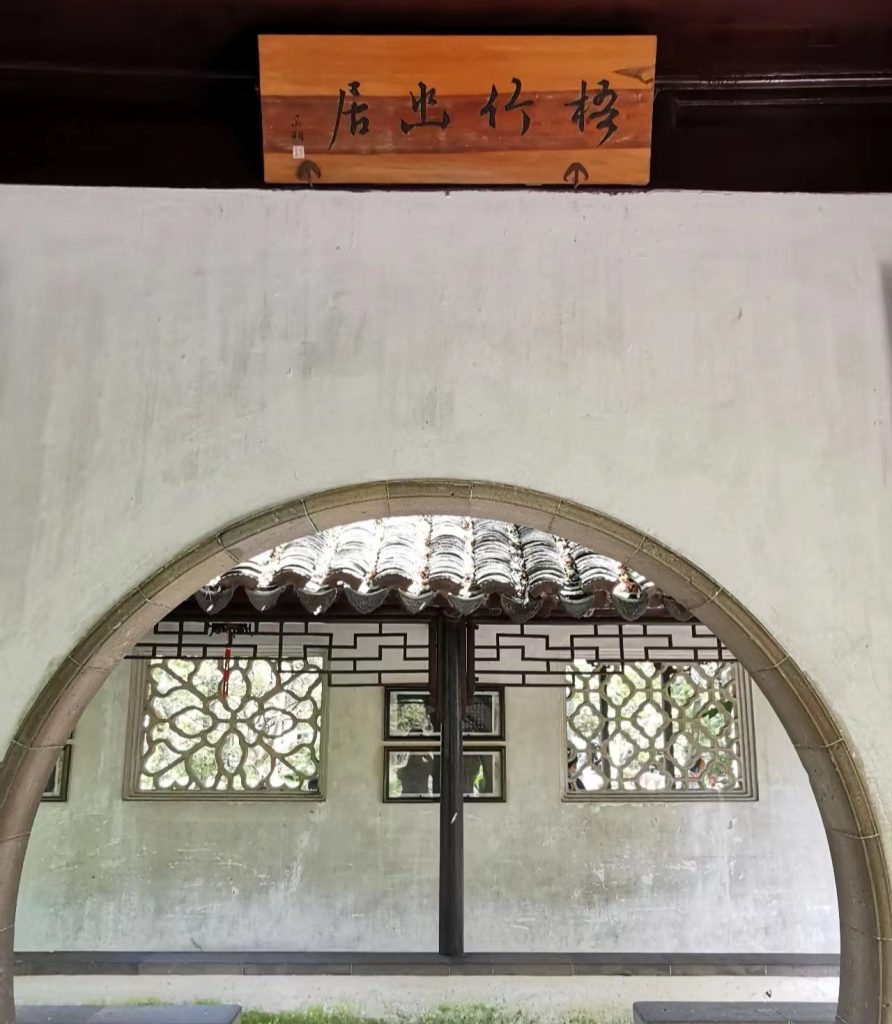


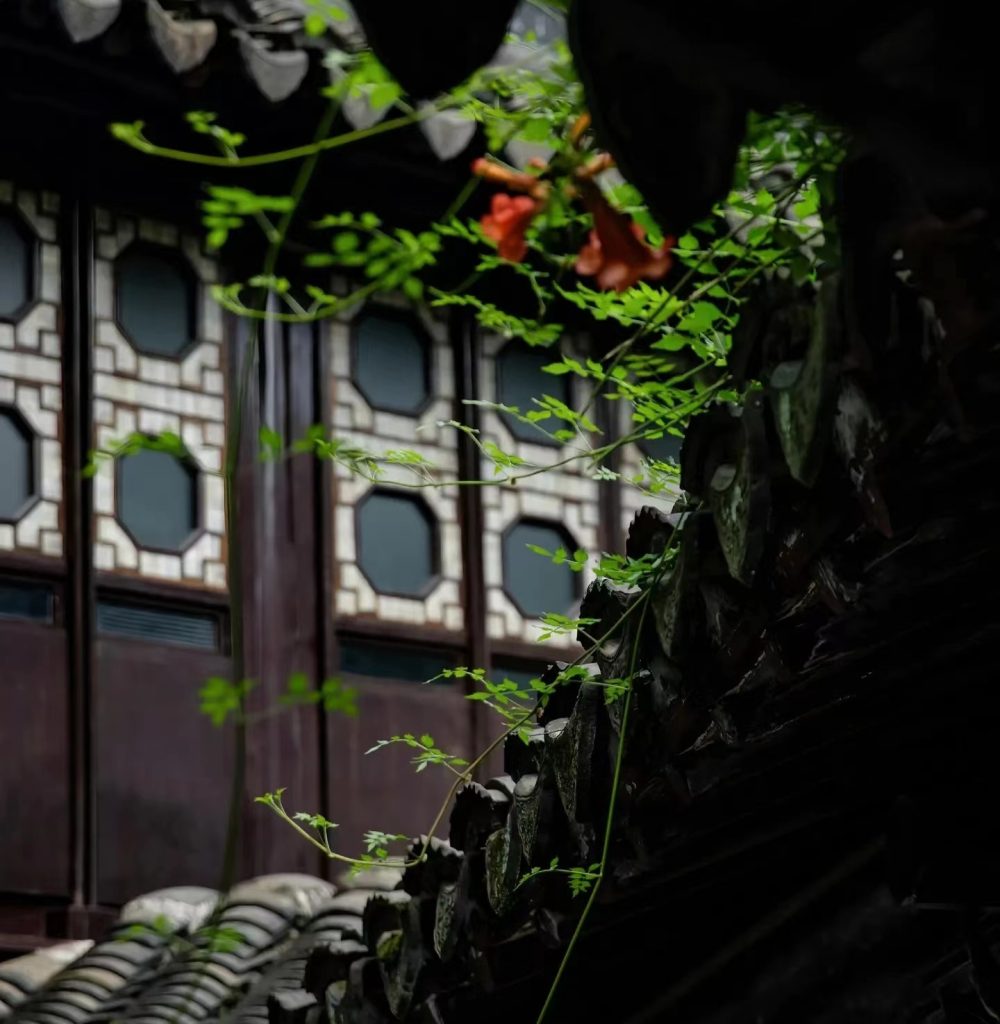


 Harbin Polarland is located in Songbei District, Harbin City, Heilongjiang Province. It is the world’s first polar performance amusement park, one of the four major scenic spots of the Harbin International Ice and Snow Festival, a national 4A tourist attraction, and China’s first amusement park with polar animal entertainment performances as the core. It features the most comprehensive show of Antarctic and Polar animals and polar animals and it was selected as the “Global Outstanding Scenic Spot” by the world’s largest travel website “Trip Advisor”.
Harbin Polarland is located in Songbei District, Harbin City, Heilongjiang Province. It is the world’s first polar performance amusement park, one of the four major scenic spots of the Harbin International Ice and Snow Festival, a national 4A tourist attraction, and China’s first amusement park with polar animal entertainment performances as the core. It features the most comprehensive show of Antarctic and Polar animals and polar animals and it was selected as the “Global Outstanding Scenic Spot” by the world’s largest travel website “Trip Advisor”.







